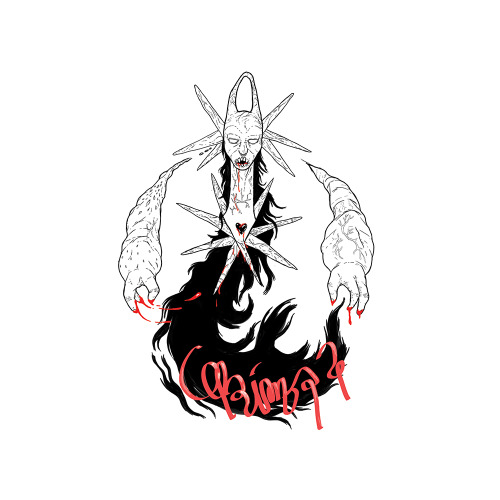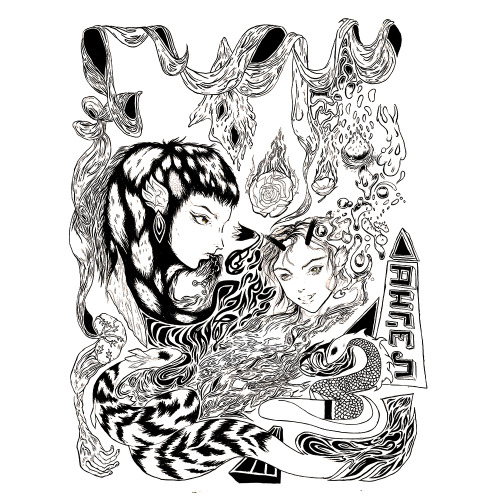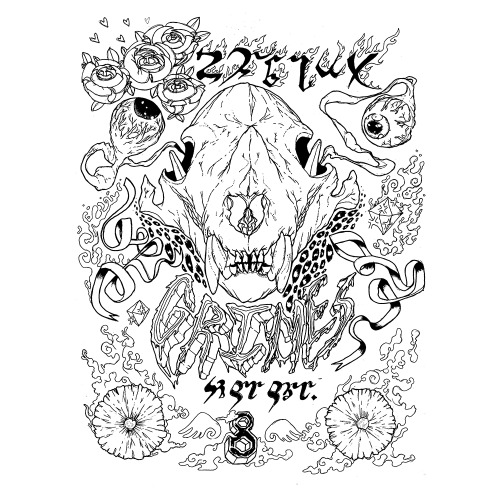Grimes Details Gear Behind Art Angels

Grimes has always handled every aspect of the production of her music — she recorded and engineered everything on her new album Art Angels herself, and she even taught herself to play guitar, drums, keys, ukulele, and violin — and she’s always been an outspoken critic of sexism in the music industry, particularly when it comes to the technical side of music production. “I’m tired of men who aren’t professional or even accomplished musicians continually offering to ‘help me out’ (without being asked), as if i did this by accident and i’m gonna flounder without them,” she wrote in a 2013 Tumblr post. “or as if the fact that I’m a woman makes me incapable of using technology. I have never seen this kind of thing happen to any of my male peers…I’m tired of the weird insistence that i need a band or i need to work with outside producers (and I’m eternally grateful to the people who don’t do this).” So it’s probably kinda fun for her when she gets to talk shop and actually get into the technical details of her process, as she does in a new interview with Future Music Magazine.
Here’s Grimes on her studio:
I’ve built a studio in my house. It needs to be my space because I’ve tried to work in studios a couple of times, but at 200 bucks an hour it’s too much pressure to write like that. When it’s my space, I can take as much time as I want fucking around and trying different things without worrying how much it’s costing per minute. The core of my studio is my computer and an Apogee Duet USB interface, which double with whatever mic I’m using at the time. Sample packs are important; I’ve been building my own and getting good drum sounds that I love, and I also usually use a synthesizer or a guitar.
Grimes on digital audio workstations and mixing:
Right now I’m using Ableton because I love that you can change tempo, keep key and just pitch things around really easily. Ableton is really fast for that kind of thing, but it’s not great for vocals. Although I did most of my vocals in Ableton this time, I usually prefer Logic, but I didn’t wanna keep switching between the two…I think it’s important not to stick with the same programs because you start getting muscle memory. I work in Pro Tools because it’s really nice to be able to hand Pro Tools files to a mixer and have him mess with them. I produced the album at home on the Mac but this is the first album that I’ve had professionally mixed at another studio. When I got the parts back they almost sounded live; the mix added a lot of space. I probably use too many compressors on my stuff — I’m kind of like ‘gah’ trying to cram everything in. I also have a lot of files. When I’m done with a track there’s so many layers, so having it mixed just makes it feel richer and fuller, and the vocals aren’t fighting with the guitars. This is the first time I’ve been working with guitars and the fact they’re competing with the vocals has been the biggest difficulty for me.
On virtual synths and plug-ins:
I love the Nexus VST and Native Instruments’ Massive, and I really like using iZotope Ozone for sending people demos. I ‘mastered’ the album with Ozone, although obviously I get it professionally mastered in the end. I love the Waves plug-ins too, especially the Manny Marroquin reverbs, which I really like for doing vocals. I used iZotope Nectar on a couple of vocal tracks too, but it crashes a lot.
On layering:
I do a lot of layering. I’ll use synthetic claps then do a couple of layers of real claps on top so it has a really satisfying digital feel that also sounds a bit more real. I’ll use a digital kick for the low-end and a real kick for the high-end. Some presets are great, but I usually fuck around with them, and I’ve started building sample packs, which is really fun — just going around my house with a nice microphone and banging things together and making sounds. Actually, this is the first time I’ve had a computer that’s good enough to be able to do all of that, but one of my goals with the next album is to be more decisive and not go so crazy.
On her Akai MPC:
I really like that machine. I only got it halfway through the record, but the song “Scream” was made with that. I really like how the drums quantise and I think the MPC is a more intuitive way to make drum patterns. I guess you can drag in melodic stuff, but it’s great for interesting drum patterns and bringing in nice sounds. It’s also really good for trying out different kicks, like putting in four different kicks and seeing which one sounds the best. I’ll definitely use it more on the next record.
On monitoring:
Right now I using PMC monitors, although my biggest problem is that they don’t have a sub so my low-ends sound very flat. That’s another reason for getting my album mixed by someone else. I have some Rocket monitors too and I’m always testing my music on the laptop because I think a lot of people are listening to music on laptops these days. I know it’s terrible, but I listen to music on laptop speakers a lot too. I do always test on headphones though, and actually prefer listening to music on headphones as you can get really immersed. I love listening to music at night when I’m lying down with the lights off; it just feels private. But my favorite way of listening to music was when I was living in LA and taking the bus.
On her 3Dio Free Space Binaural Microphone:
I actually use that for spatial stuff that’s way behind you. It’s got two different microphones going in opposite directions so you can get a 3D sound effect. It sounds like how the human ear hears things, but you can’t really detect it unless you’re listening on headphones and it makes some really interesting panning stuff. I want to get a better version of the 3Dio mic for vocals, but so far it’s just kind of cool for giving things more of a 3D vibe. It’s hard to use for instruments, although you could probably do something really cool with it for guitars or vocals. Most of the production was already done when I got that mic, so I’ve been mostly using it to make things a bit more subtle and trippy.
You can read the full story, which also includes photos of her gear and studio, here.
Yesterday, Grimes also posted artwork for every track except the title track off of Art Angels. Check out a few of those images below, and see the rest here.
“Flesh Without Blood”:

“Kill V. Maim”: 
“Life In The Vivid Dream”:

“Realiti”:







